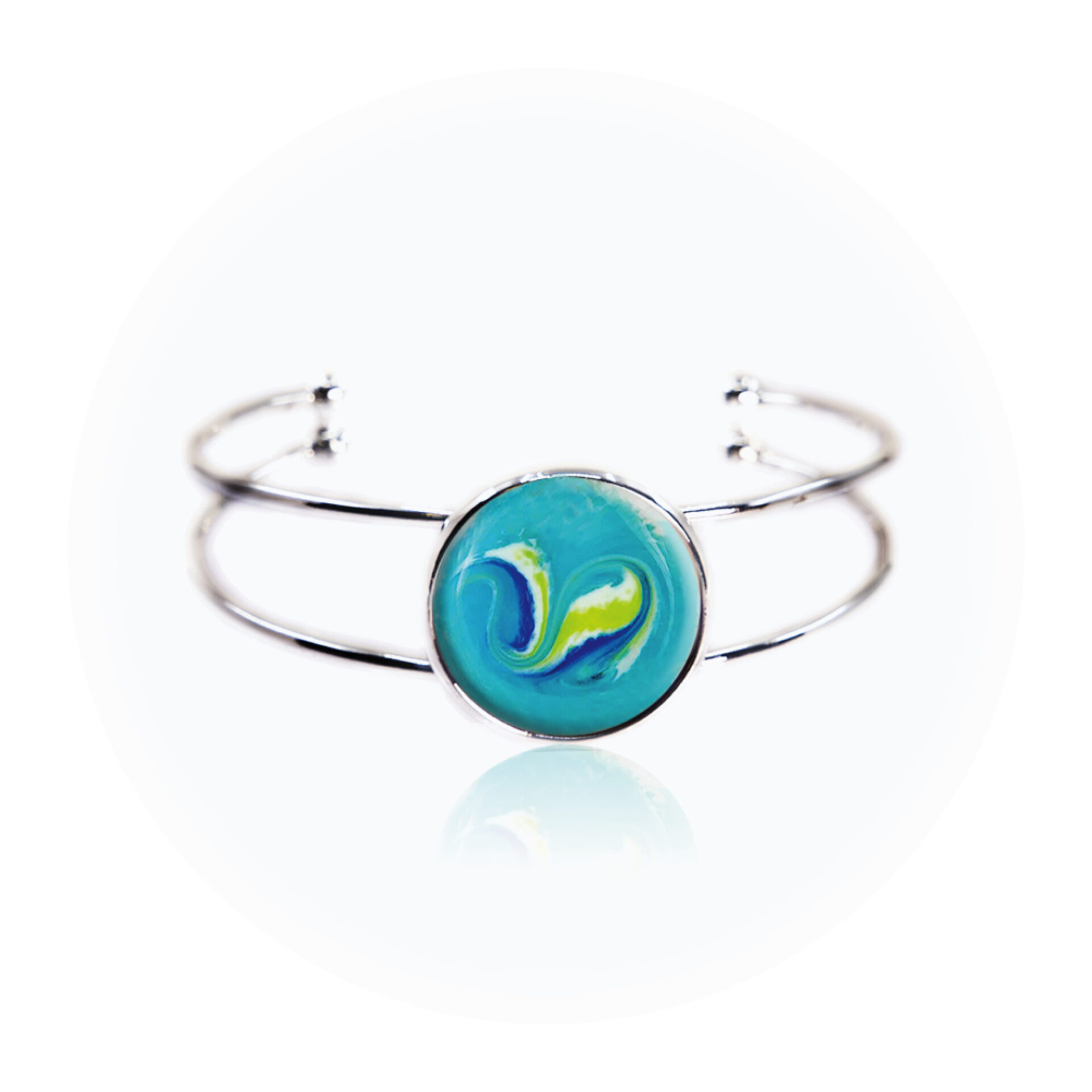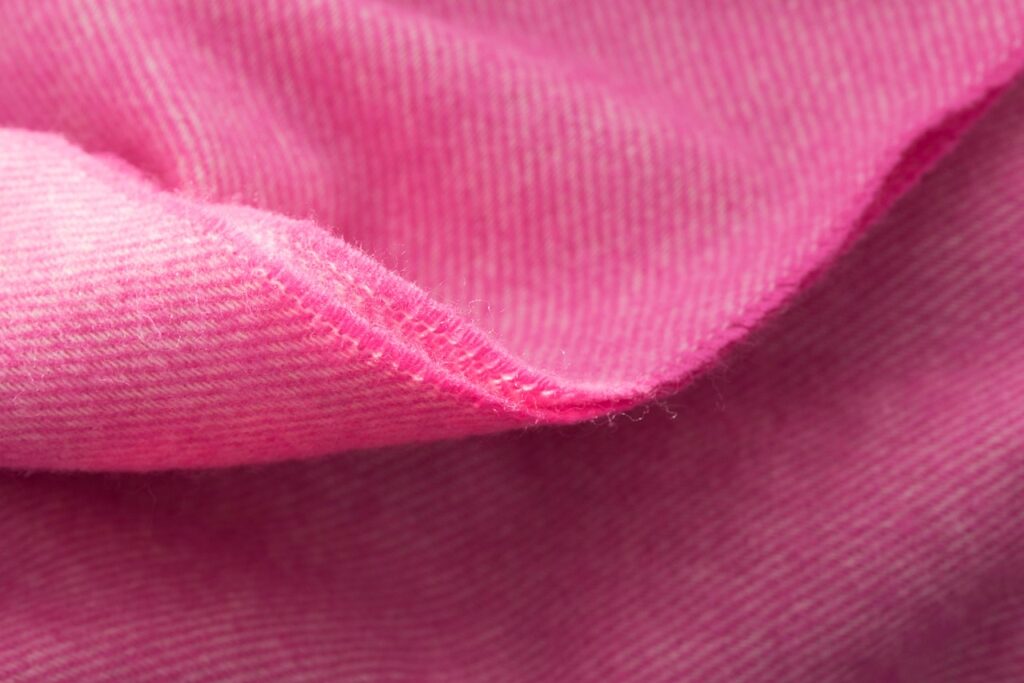Blog
How to wash a cashmere scarf: The Ultimate Guide to Caring for Your Luxurious Accessory
Cashmere scarves are synonymous with elegance, warmth, and comfort, making them a favorite accessory during colder months. Their softness and luxurious feel make them a prized possession, but their delicate nature means they require special care to maintain their beauty. Washing a cashmere scarf properly is essential to keep it in top condition for years to come. In this ultimate guide, we’ll walk you through the step-by-step process on how to wash a cashmere scarf, the best practices for caring for this delicate fabric, and tips for keeping your scarf soft and beautiful.
Why Cashmere Needs Special Care
Cashmere comes from the soft undercoat of cashmere goats, primarily found in regions like Mongolia, Tibet, and China. Unlike other wool fibers, cashmere is finer and more delicate, which is why it needs special care during cleaning. When treated improperly, cashmere can lose its luxurious texture, shrink, or even develop pilling. Understanding how to wash a cashmere scarf correctly will help preserve its quality and extend its lifespan.
While it may seem intimidating to wash cashmere at home, with the right methods, you can ensure your scarf stays looking fresh and new.
Step-by-Step Guide on How to Wash a Cashmere Scarf
1. Read the Care Label
Before you wash your cashmere scarf, it’s essential to check the care label. Cashmere garments often come with specific instructions that can vary based on the material blend or manufacturer recommendations. Most scarves will feature a label that says “hand wash,” “dry clean only,” or “machine washable.” Always prioritize these instructions, as the manufacturer’s guidelines are your best resource for ensuring proper care.
2. Hand Washing vs. Machine Washing
For the most part, hand washing is the safest method for cleaning your cashmere scarf. While some newer cashmere blends may be machine washable, hand washing ensures gentle treatment, protecting the fabric from unnecessary wear.
Hand Washing Your Cashmere Scarf
- Prepare a Wash Basin Start by filling a basin or sink with lukewarm water (never hot or cold, as extreme temperatures can damage the fibers). Avoid using too much detergent, as this can strip away the scarf’s natural oils, leading to a loss of softness.
- Use a Mild Detergent Select a detergent specifically designed for delicate fabrics, such as baby shampoo or a wool-specific detergent. These are gentle on the fibers and will help maintain the softness of your cashmere scarf. Avoid using regular laundry detergent, as it can be too harsh.
- Gently Wash the Scarf Submerge your scarf into the water and gently swish it around, making sure the detergent dissolves evenly. Do not scrub, wring, or twist the fabric, as this can cause it to lose its shape or shrink. Let the scarf soak for 5-10 minutes to allow the detergent to break down any dirt or oils.
- Rinse Thoroughly After soaking, carefully rinse the scarf with cool, clean water until all detergent residue is gone. Be gentle when handling the fabric to prevent stretching or damaging the fibers.
- Remove Excess Water To remove excess water from the scarf, gently press the fabric between two clean towels. Avoid wringing or twisting the scarf, as this can cause it to lose its shape. Pressing the fabric in the towel will help absorb moisture without applying pressure.
Machine Washing Your Cashmere Scarf (If Recommended)
If the care label indicates that the scarf is machine washable, follow these tips:
- Place the Scarf in a Mesh Bag Always use a mesh laundry bag when machine washing your cashmere scarf. This will protect the fabric from the agitator and prevent it from becoming stretched out or damaged during the wash cycle.
- Choose the Delicate Cycle Use the delicate or wool cycle on your washing machine. Set the water temperature to lukewarm or cold to avoid shrinking.
- Use a Gentle Detergent Use a mild detergent designed for wool or delicate fabrics. Avoid using fabric softeners, as they can leave a residue that may compromise the fabric’s natural softness.
- Avoid Overloading the Washer Make sure the washer is not overloaded. Overcrowding can cause the scarf to become tangled and damaged during the spin cycle.
Drying a Cashmere Scarf: Best Practices
After washing your cashmere scarf, the drying process is just as important as the washing process. Here’s how to dry your scarf without causing damage:
1. Lay Flat to Dry Always lay your cashmere scarf flat to dry. Never hang it up, as this can cause the fibers to stretch and lose their shape. Find a clean, dry surface such as a towel or drying rack, and lay the scarf flat in its natural shape.
2. Reshape the Scarf Gently smooth and reshape your scarf as it dries. This will help maintain its structure and ensure it dries evenly. If necessary, fold the scarf in half to help it retain its original size.
3. Avoid Direct Heat Do not use a tumble dryer or place your cashmere scarf near direct heat sources, such as radiators or direct sunlight. Heat can cause the fibers to shrink, warp, or lose their softness.
4. Pat Dry with Towels To speed up the drying process, you can pat the scarf dry with a clean, dry towel. Place the scarf between two towels and press gently to remove any excess moisture. Be sure not to twist or wring the scarf.
Storing Your Cashmere Scarf Properly
Proper storage is key to preserving the condition of your cashmere scarf over time. Here are some helpful tips for storing your scarf:
1. Use a Garment Bag or Box When storing your scarf during off-seasons, keep it in a breathable garment bag or a storage box. This will protect it from dust, dirt, and moths. Avoid plastic bags, as they trap moisture and can lead to mold growth.
2. Store in a Cool, Dry Place Keep your cashmere scarf in a cool, dry place away from sunlight. Direct sunlight can cause the fibers to fade and weaken over time.
3. Moth Protection Cashmere is particularly susceptible to moth damage. To protect your scarf, store it with lavender sachets, cedar balls, or moth-repelling bags. These natural repellents will keep moths at bay without harming the fabric.
Removing Pilling from Your Cashmere Scarf
Pilling is a common issue with cashmere garments, but it’s easy to address with a few simple techniques. Pilling occurs when small clusters of fibers mat together, forming tiny balls on the surface of the scarf. Here’s how to deal with pilling:
1. Use a Cashmere Comb or Sweater Shaver A cashmere comb or fabric shaver is specifically designed to gently remove pilling without damaging the fabric. Lightly comb the scarf in one direction to lift off the pills. Be careful not to pull too hard, as this can damage the fibers.
2. Gently Remove Pills by Hand If you don’t have a comb or shaver, you can also use your fingers to gently remove pills. Simply pinch the pills between your fingers and carefully pull them off.
3. Prevent Pilling To reduce the risk of pilling, avoid wearing your scarf in areas where it may rub against rough surfaces, such as on a seatbelt or rough-textured clothing. Additionally, always wash and store your scarf properly to minimize wear and tear.
Other Tips for Caring for Your Cashmere Scarf
- Avoid Over-Washing: Cashmere is naturally resistant to odors and dirt. Over-washing can cause the fibers to lose their softness. Wash your scarf only when it’s visibly dirty or after several wears.
- Spot Clean When Possible: If your scarf has a small stain or spill, try spot cleaning it with a damp cloth and mild detergent instead of washing the entire scarf.
- Be Gentle: Cashmere is a delicate fabric, so always handle it gently. Avoid rough handling, scrubbing, or pulling on the scarf.
Conclusion
Washing and caring for a cashmere scarf may seem daunting, but with the right methods, it’s easy to preserve the softness, warmth, and beauty of this luxurious accessory. By following the tips in this guide, including the proper washing, drying, and storing techniques, you can ensure that your cashmere scarf lasts for years to come.
Remember to always handle your scarf gently, avoid over-washing, and store it in a safe, dry place. With these simple steps, your cashmere scarf will remain as soft, stylish, and comfortable as the day you bought it.



















